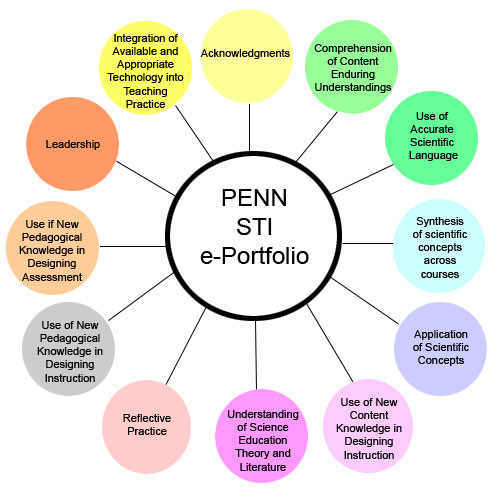



|
FLUORESCENT
WHITENING
AGENTS
IN LAUNDRY DETERGENT
& PAPER
|
| 1:
History 2:Importance and
Usage 3:
Spectroscopy 4: Current
Studies 5: Future Expts. |
| 6: HS Classroom
Lesson: A: Lesson
Plan B:
Worksheets C: Instructor
Guide |
 5.
Future Experiments & Conclusion
5.
Future Experiments & ConclusionWORKS
CITED:
|